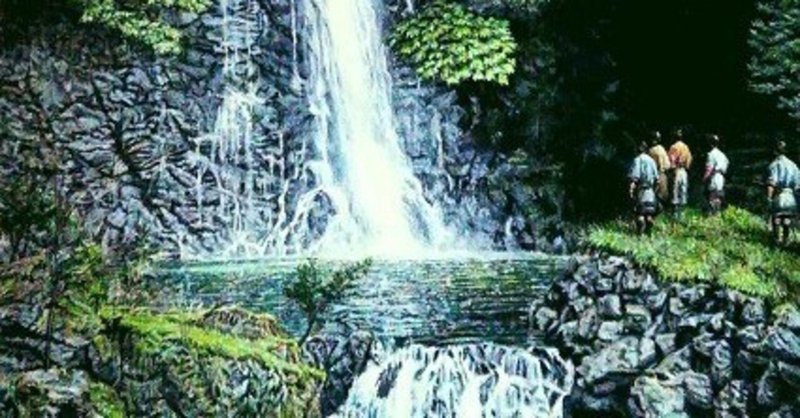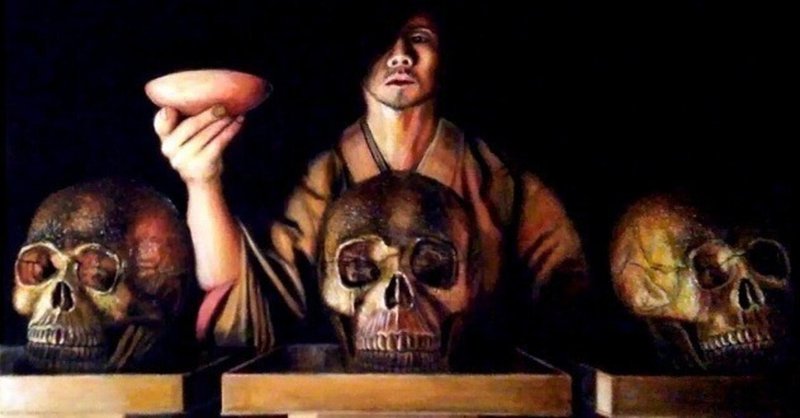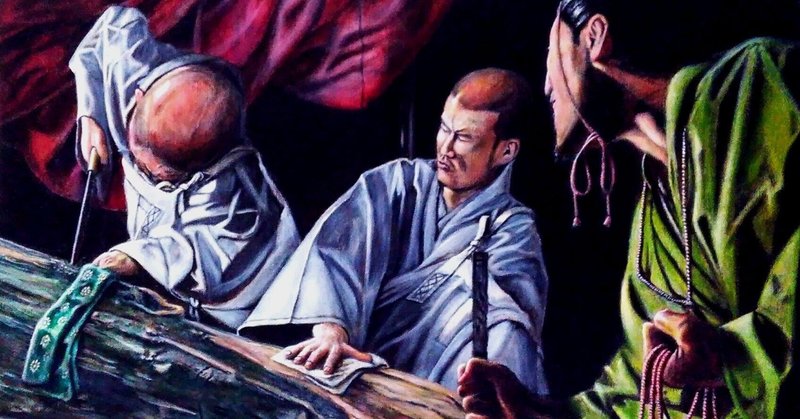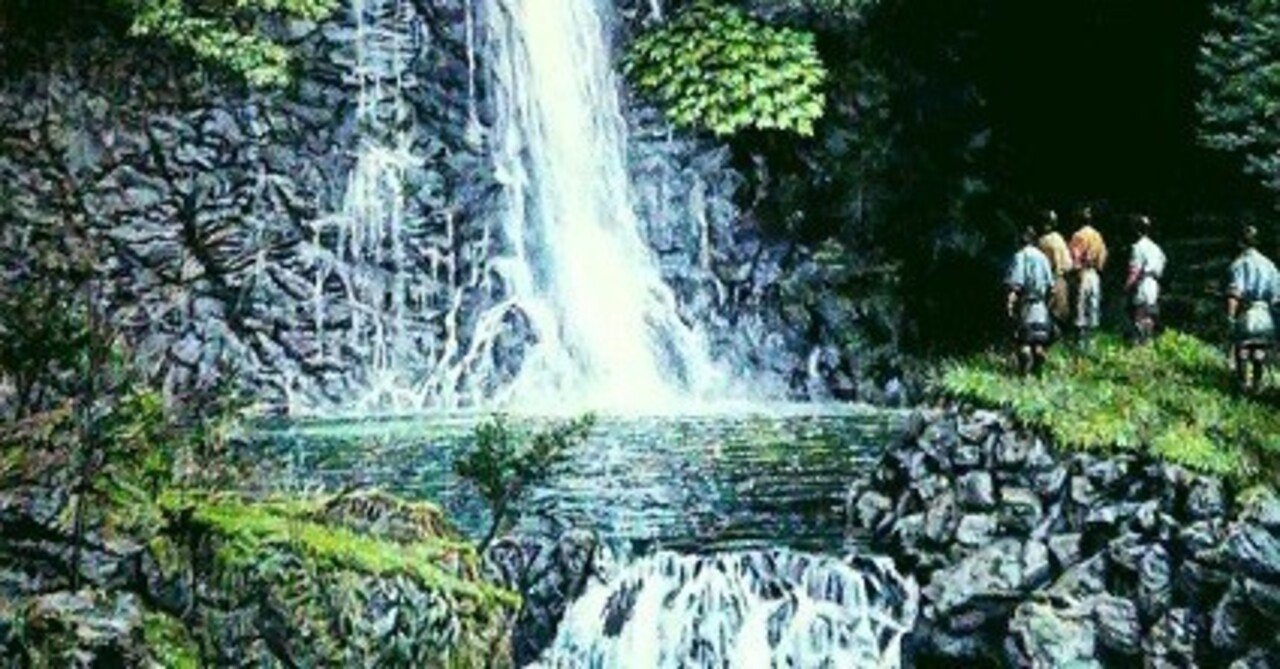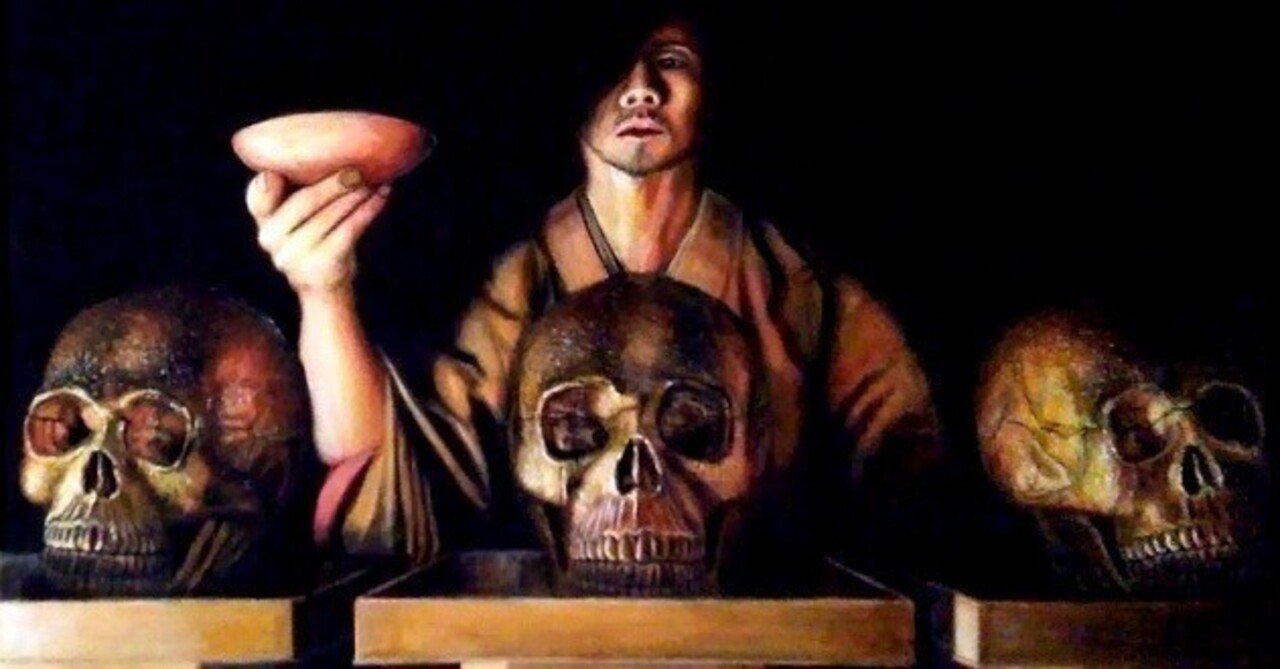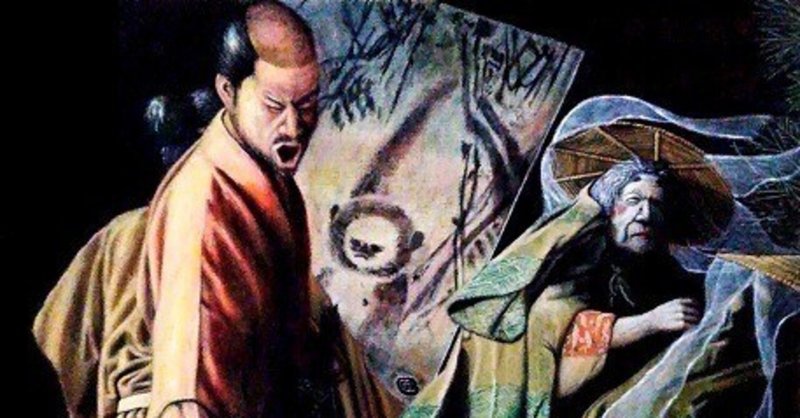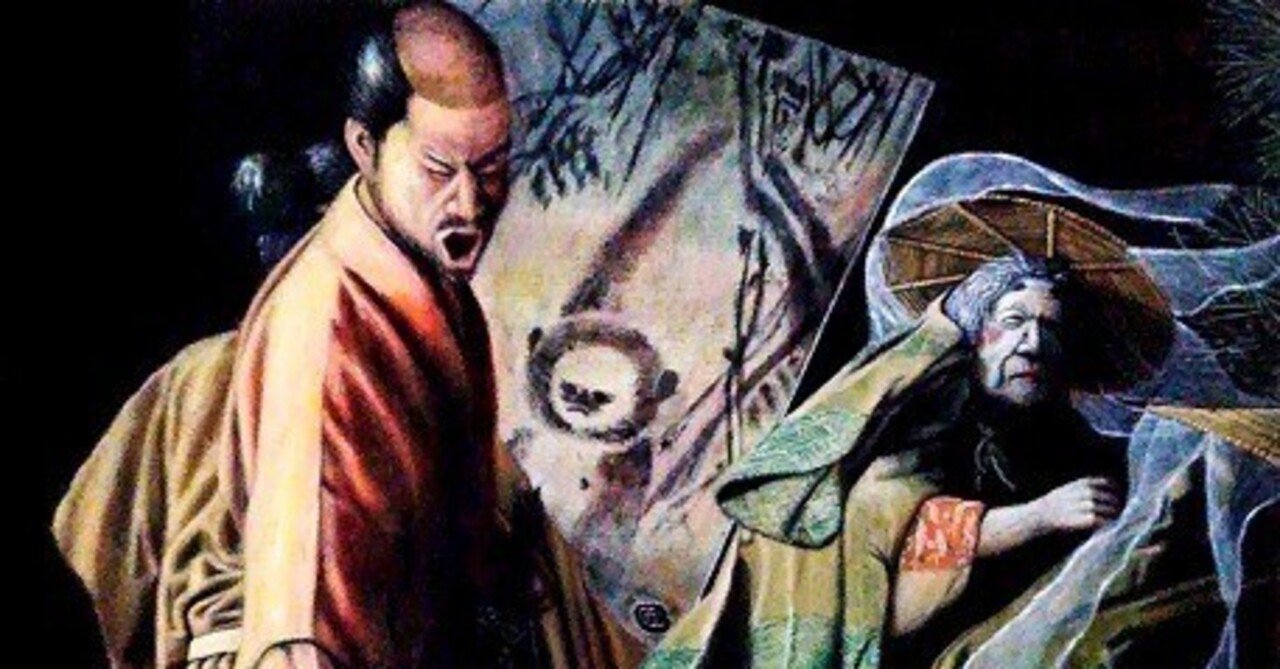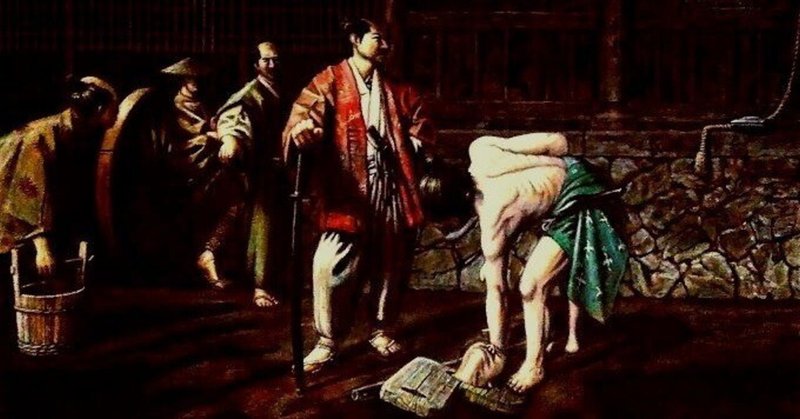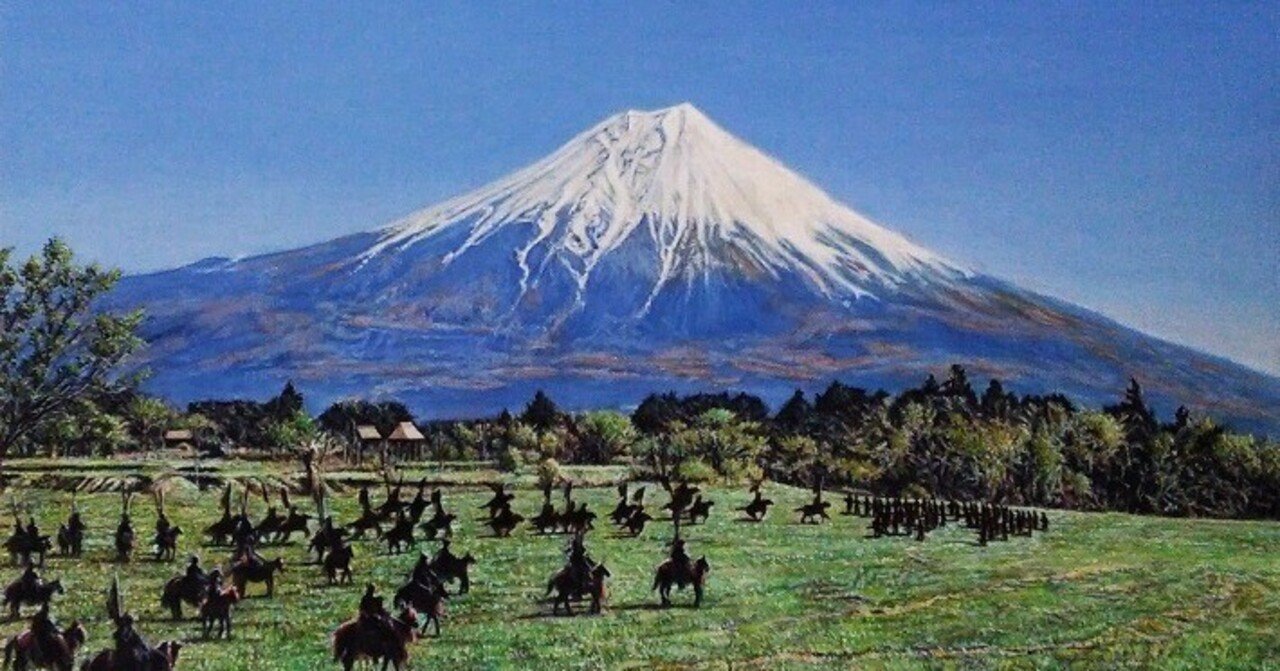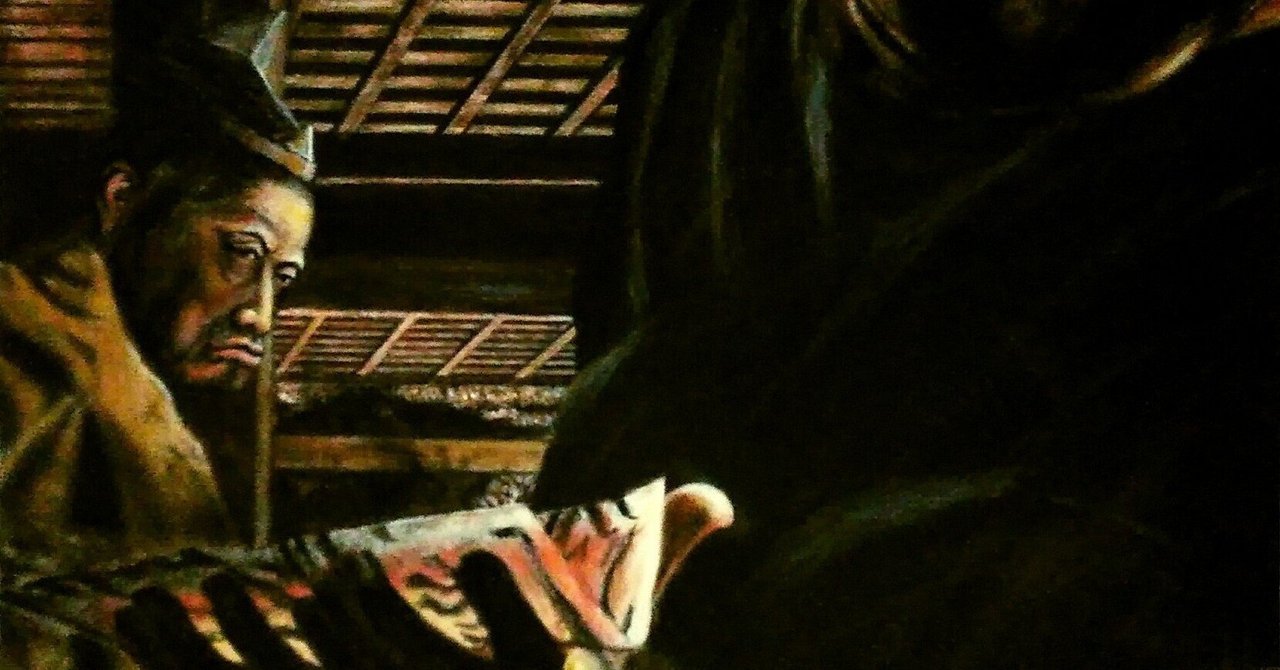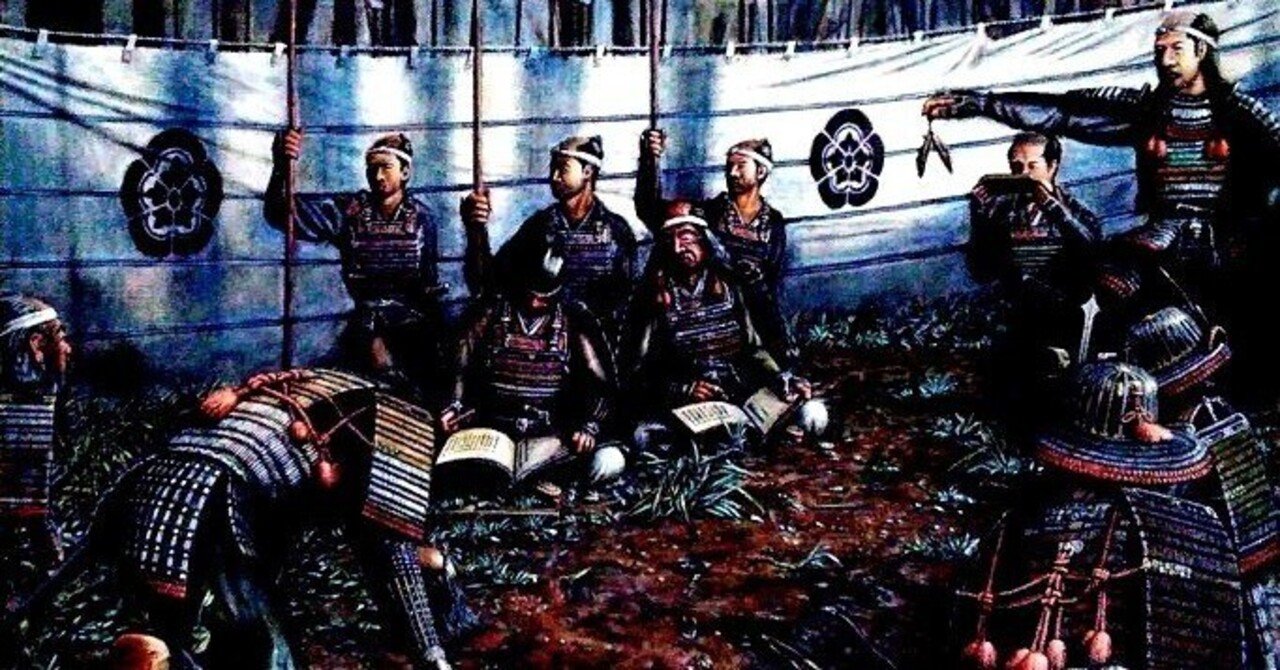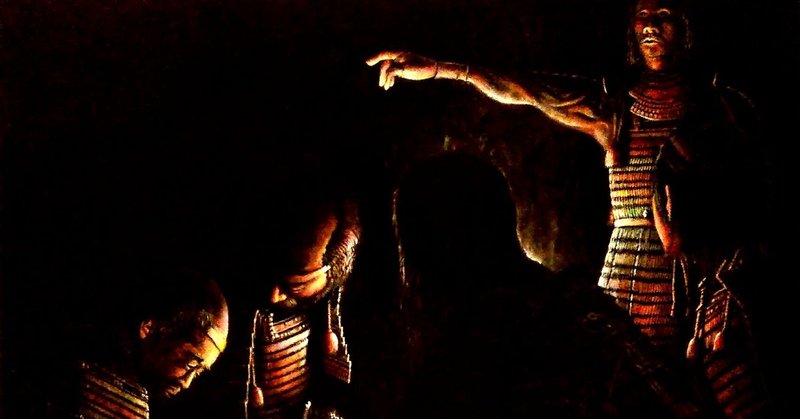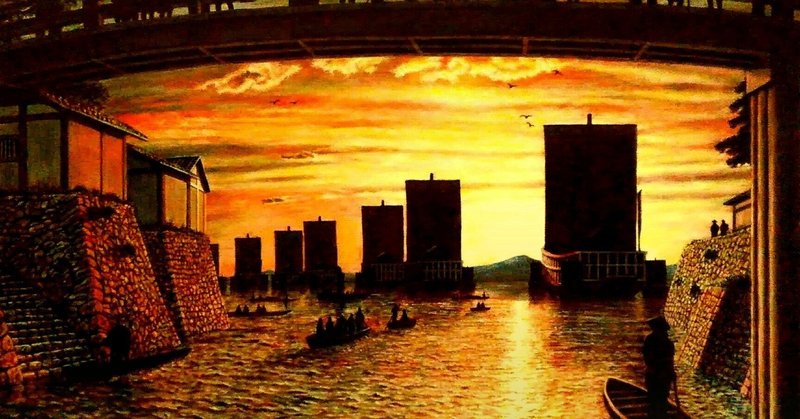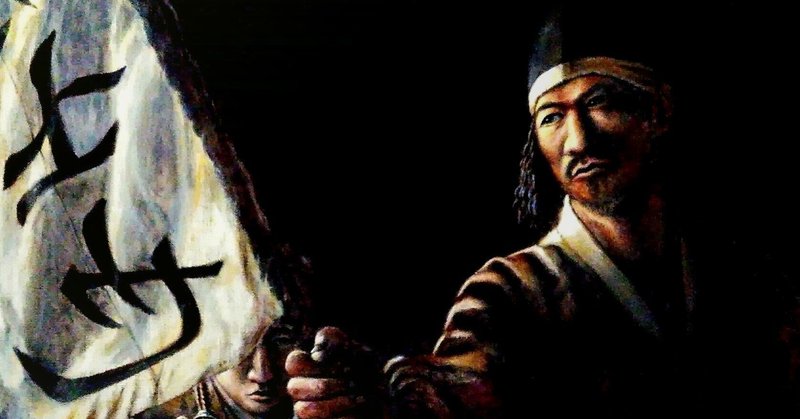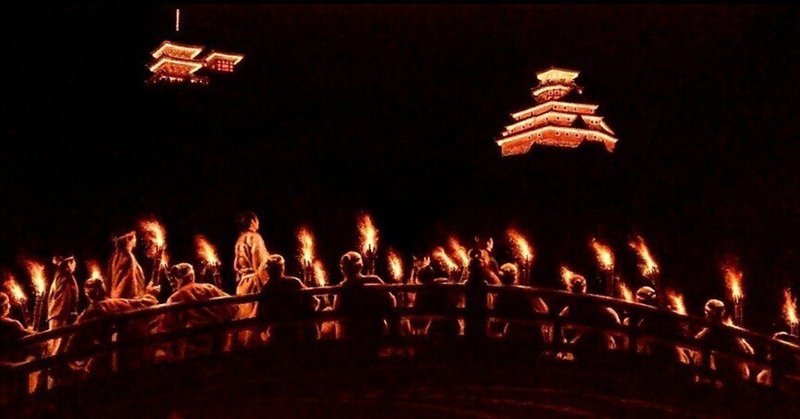最近の記事

Nobunaga's troops march at the foot of Mount Fuji — Fujinomiya, 4 May 1582
Nobunaga's territory expanded eastward. In 1582, defeating the powerful warlord, Takeda clan, Nobunaga took Kai, Shinano and Suruga Provinces, overlooked by Mount Fuji. It was the moment of his culmination. Background In 1582, Nobunaga ru
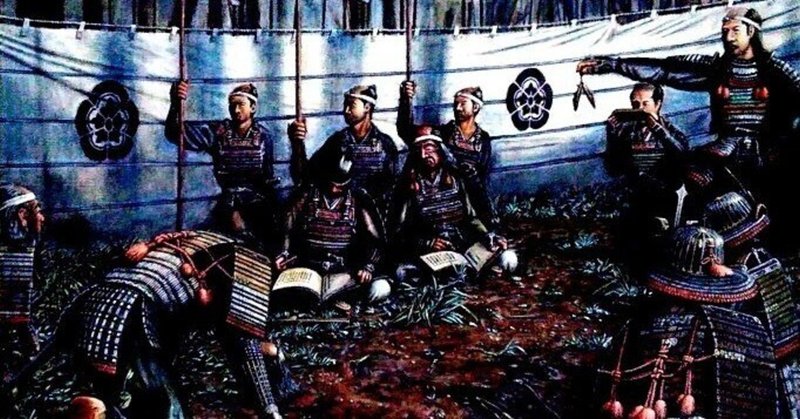
The Prize to Kanematsu Masayoshi — Tonezaka, 10 September 1573
Nobunaga, served by innumerable people, must have conducted a reward management to gain and keep the loyalty of his men. He motivated his retainers by giving them lands, money and treasures as rewards, but he showed, in this episode, that t
